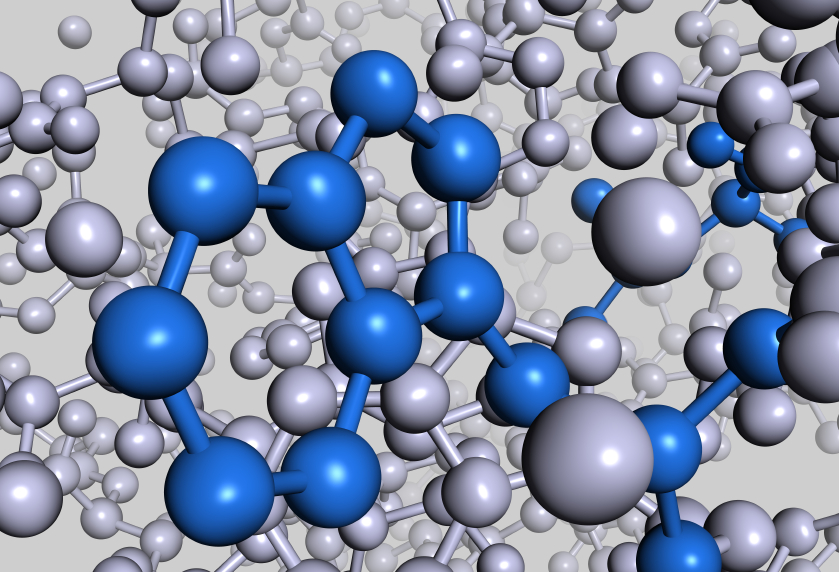
When people make excuses about exercise, we should try to see just what it is they’re complaining about. If they’re trying to use the “I’m (insert nationality here) and we’re small so I’ll just be small forever” excuse, you can pass them off as whiners. If they tell you something along the lines of “Well, I admit I had a lazy childhood and ate myself into a blob, but I do have multiple copies of FTO gene variants,” you can give them a puzzled look. FTO? OTF? FOT? What does that mean?
The FTO gene (fat mass and obesity associated) is a region on chromosome 16 that correlates to obesity in humans. It has numerous variations referred to as single nucleotide polymorphisms (SNPs), which are single alterations to a gene that may or may not have an affect on its expression (1). Studies have shown that people with these variants have a 67 percent greater chance of becoming obese (2).
In the above diagram from Timothy Frayling’s study of FTO variants, a strong correlation is found between the occurrence of type 2 diabetes and the body mass index (BMI) of type 2 diabetics. In the SNPs from the KIAA1005 region of the gene, there is almost an identical spike in correlation around the 52.3 to 52.4 Mb area.
The strong correlation leads one to believe that those with type 2 diabetes are susceptible to having higher body fat and body mass levels. It can also be stated that there is a positive correlation between having higher body mass and the risk of being type 2 diabetic. However, with either case, there is a strong correlation in the variants of the FTO gene in that particular region and risks of diabetes.
There is hope for those who have these particular genes. Research done by the University of Maryland, School of Medicine has shown that with exercise, the effects of the FTO gene diminish (2). According to Soren Snitker MD, the FTO gene variants’ effect can be blunted by a high level of physical activity (2). This leaves one to believe that those who aren’t physically active can feel the effects of the FTO gene more than those who are physically active and still carry that gene.
What happens when you look at a very closely related population, or a bottleneck, such as the Amish? A bottleneck is a narrowing of a population to a few individuals from a much larger starting population. Often this is seen during a large catastrophic event like a hurricane or a plague, but the Amish have bottlenecked themselves from society. They are a small, close knit unit of people who share similar activities and genetic backgrounds.
When the University of Maryland, School of Medicine team looked at 704 Amish people, they found that the active lifestyles of the Amish were able to offset the effects of the FTO gene (2). They found that with the most physically active individuals of the group, the gene had no effect whatsoever. However, they also showed that over half the men in the study were overweight and ten percent were obese. Sixty-three percent of the women were found to be overweight and thirty percent were considered obese. So there is merit in the occurrence of the FTO gene in a population and its risk for obesity.
The FTO gene merely shows that those individuals who aren’t active will be more prone to becoming obese rather than it being absolute fact that they will be obese. The lifestyle one chooses is also extremely important toward being physically and mentally fit. Making smart, healthy choices can offset the bad hand you may have been dealt at birth.
References









